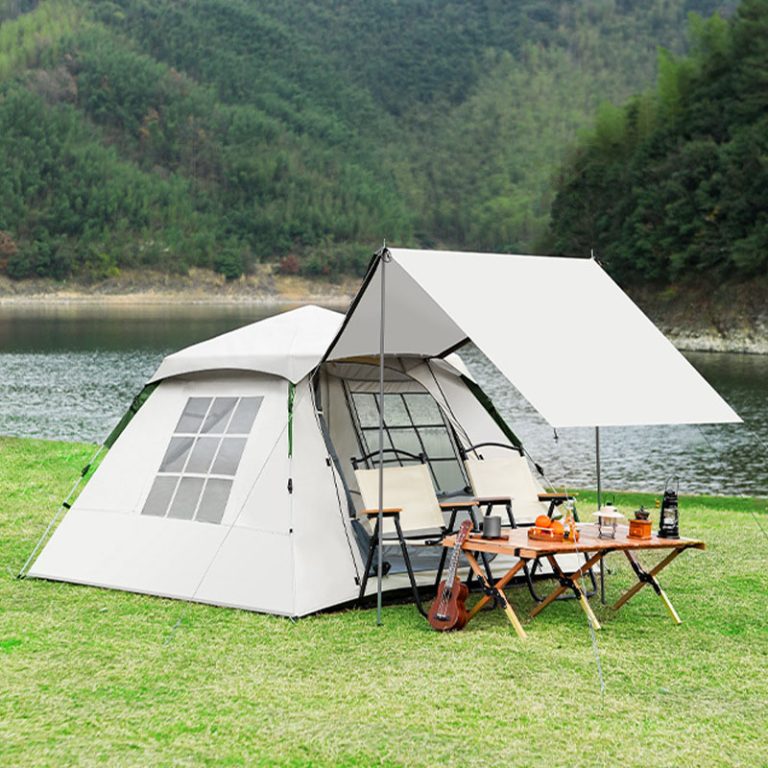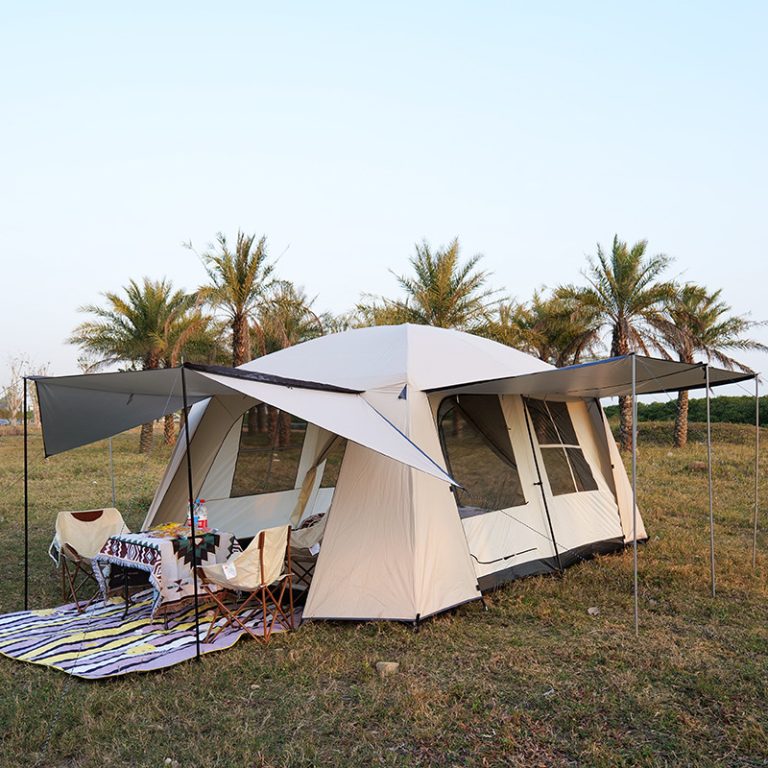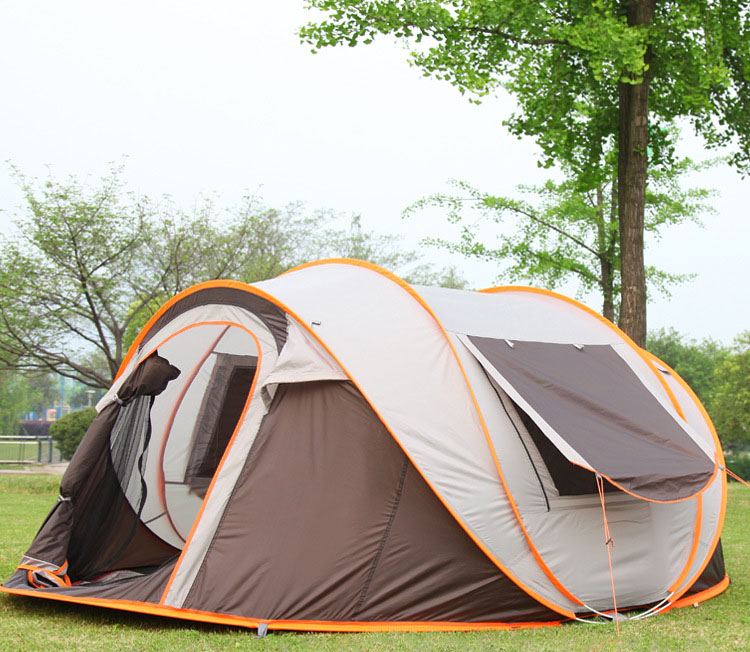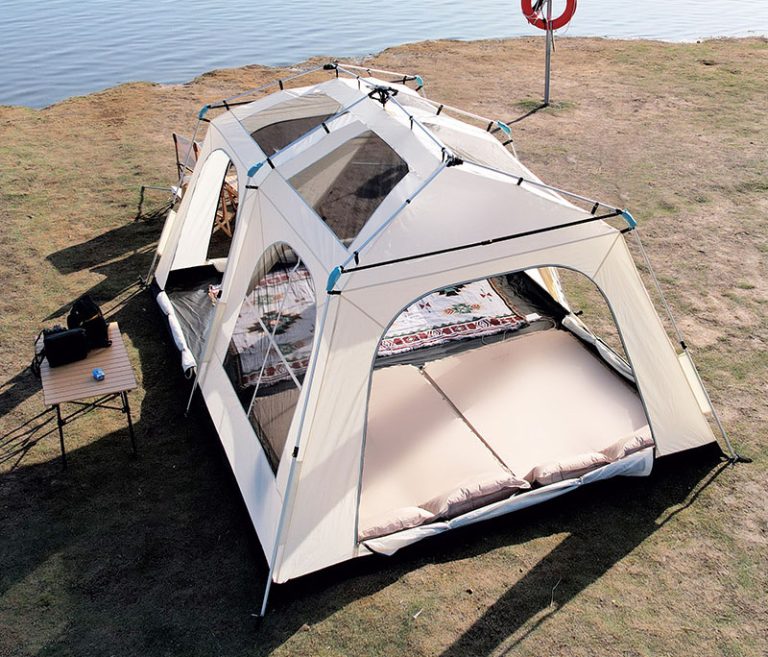Table of Contents
Essential Gear for Winter Car Camping
Winter car camping can be a rewarding and adventurous experience for outdoor enthusiasts looking to explore the great outdoors during the colder months. However, proper preparation and gear are essential to ensure a safe and comfortable camping trip. In this article, we will discuss some essential gear for winter car camping to help you stay warm, dry, and well-equipped during your winter adventures. One of the most important pieces of gear for winter car camping is a high-quality sleeping bag rated for cold temperatures. Look for a sleeping bag with a temperature rating that is appropriate for the coldest temperatures you expect to encounter during your trip. Additionally, consider using a sleeping bag liner or insulated sleeping pad to provide extra warmth and insulation from the cold ground. In addition to a warm sleeping bag, a sturdy tent designed for winter camping is essential for staying protected from the elements. Look for a four-season tent with a strong frame and durable materials that can withstand snow, wind, and cold temperatures. A tent with good ventilation is also important to prevent condensation from building up inside the tent. To stay warm and comfortable during the night, it is important to dress in layers and wear moisture-wicking clothing to keep sweat away from your body. Pack plenty of warm clothing, including insulated jackets, hats, gloves, and thermal underwear. It is also a good idea to bring extra blankets or sleeping bags to layer on top of your sleeping bag for added warmth. Another essential piece of gear for winter car camping is a reliable stove or campfire for cooking meals and staying warm. Look for a stove that is suitable for use in cold temperatures and bring plenty of fuel to keep it running throughout your trip. Additionally, pack a portable grill or campfire cooking equipment to prepare hot meals and drinks during your camping adventure. To stay hydrated during your winter camping trip, it is important to bring a reliable water filtration system or plenty of clean water. In cold temperatures, water sources may freeze, so be prepared to melt snow or ice for drinking water. Pack a thermos or insulated water bottle to keep hot drinks like tea or soup warm throughout the day.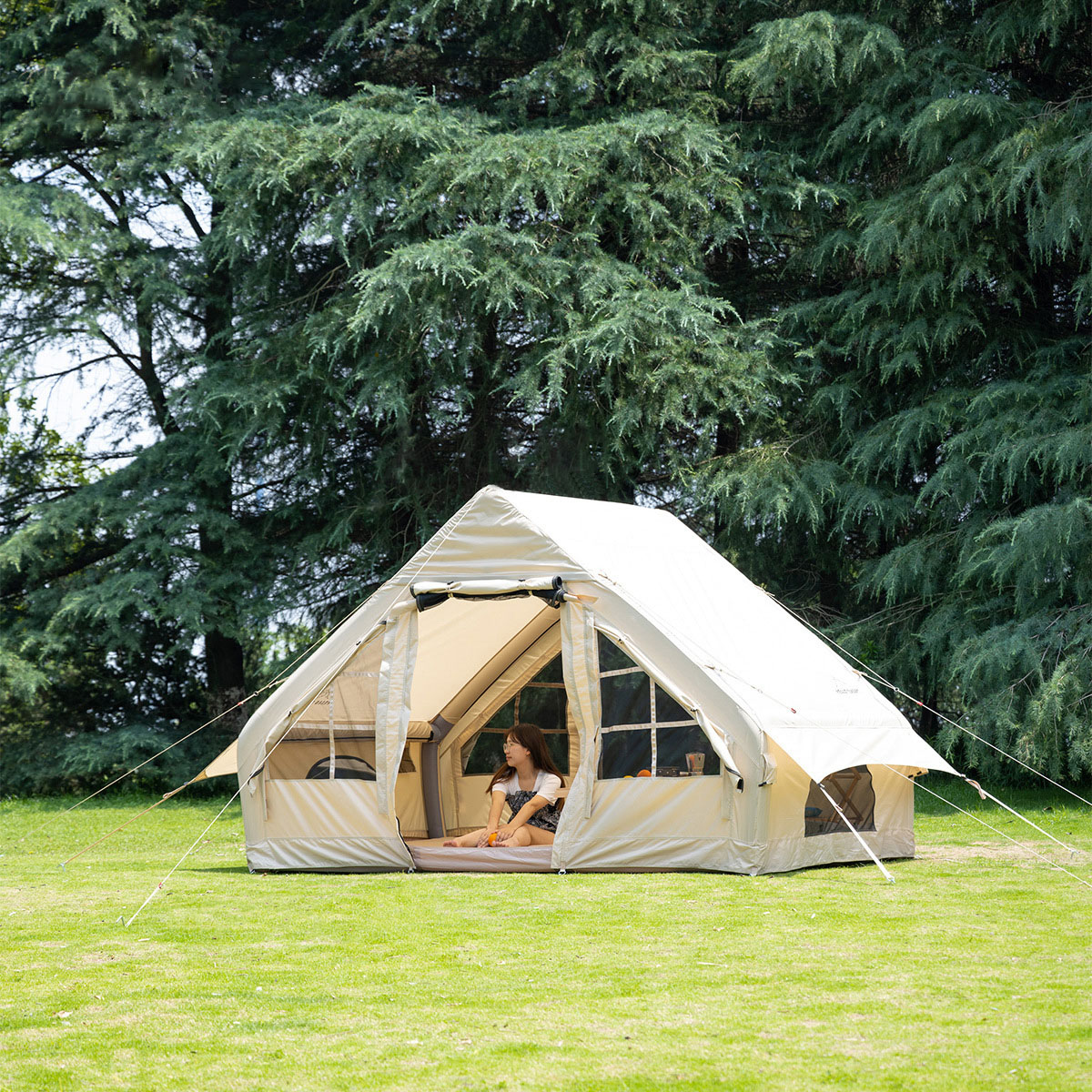 In conclusion, winter car camping can be a fun and exciting way to experience the beauty of the outdoors during the colder months. By packing the right gear and being prepared for cold temperatures and inclement weather, you can enjoy a safe and comfortable camping trip. Remember to dress in layers, bring a warm sleeping bag and tent, and pack plenty of food, water, and emergency supplies. With the right gear and preparation, you can have a memorable winter camping experience.
In conclusion, winter car camping can be a fun and exciting way to experience the beauty of the outdoors during the colder months. By packing the right gear and being prepared for cold temperatures and inclement weather, you can enjoy a safe and comfortable camping trip. Remember to dress in layers, bring a warm sleeping bag and tent, and pack plenty of food, water, and emergency supplies. With the right gear and preparation, you can have a memorable winter camping experience.Tips for Staying Warm and Comfortable While Winter Car Camping
Winter car camping can be a thrilling adventure for outdoor enthusiasts looking to escape the hustle and bustle of everyday life. However, staying warm and comfortable during the cold winter months can be a challenge. With the right preparation and gear, you can ensure a cozy and enjoyable camping experience even in the coldest of temperatures. One of the most important aspects of staying warm while winter car camping is having the right sleeping setup. Investing in a high-quality sleeping bag rated for cold temperatures is essential. Look for a bag with a temperature rating that is lower than the expected nighttime temperatures to ensure you stay warm throughout the night. Additionally, using a sleeping pad or insulated mattress can help insulate you from the cold ground and provide extra warmth. Layering your clothing is another key factor in staying warm while winter car camping. Opt for moisture-wicking base layers to keep sweat away from your skin, followed by insulating layers such as fleece or down jackets. A waterproof and windproof outer layer will help protect you from the elements and keep you dry. Don’t forget to pack extra socks, gloves, and hats to keep extremities warm. When setting up your campsite, choose a sheltered location out of the wind and away from any potential hazards such as falling branches or snow drifts. Setting up a tarp or tent can provide additional protection from the elements and help retain heat. If possible, park your car in a position that blocks the wind and provides a barrier between you and the cold.| pyramid tent | canopy tent | Ridge tent | hiking tent |
| dome tent | teepee tent | yurt tent | inflatable tent |
| tunnel tent | ball tent | Park tent | tailgate tent |
 Proper nutrition is also important for staying warm while winter car camping. Eating high-calorie, warm meals can help fuel your body and keep you warm from the inside out. Pack plenty of hot drinks such as tea or hot chocolate to help warm you up throughout the day.
Lastly, don’t forget to stay active during your winter car camping trip. Going for a hike or engaging in other physical activities can help generate body heat and keep you warm. Just be sure to dress appropriately and stay hydrated.
In conclusion, with the right preparation and gear, winter car camping can be a rewarding and enjoyable experience. By following these tips for staying warm and comfortable, you can make the most of your winter camping adventure. Remember to dress in layers, choose a sheltered campsite, and pack plenty of warm clothing and gear. Stay safe, stay warm, and enjoy the beauty of the winter wilderness.
Proper nutrition is also important for staying warm while winter car camping. Eating high-calorie, warm meals can help fuel your body and keep you warm from the inside out. Pack plenty of hot drinks such as tea or hot chocolate to help warm you up throughout the day.
Lastly, don’t forget to stay active during your winter car camping trip. Going for a hike or engaging in other physical activities can help generate body heat and keep you warm. Just be sure to dress appropriately and stay hydrated.
In conclusion, with the right preparation and gear, winter car camping can be a rewarding and enjoyable experience. By following these tips for staying warm and comfortable, you can make the most of your winter camping adventure. Remember to dress in layers, choose a sheltered campsite, and pack plenty of warm clothing and gear. Stay safe, stay warm, and enjoy the beauty of the winter wilderness.
